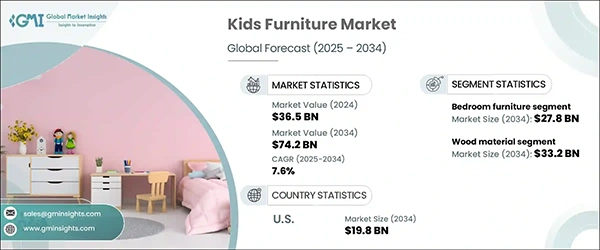
Choosing furniture for preschoolers is trickier than it looks. You need to make sure the size matches their age and what they like to do.
A simple, nice-looking setup can create a calm and tidy space that helps them move around, focus better, and chill out.
Kids need furniture that suits their size and makes them feel comfortable and at home.
Before parents or school employees Buy school furniture online, it’s a good idea to find out the features that will provide an element of comfort, accessibility, and durability. In this blog, find out the best ways to find the right furniture for preschoolers.
Let’s begin!
Key Takeaways
- Understanding size customization for every child’s size preferences
- Discovering different materials
- Picking the best color palettes and options
- Looking at the immersive planning layout
Match Furniture to Child Size
Children use furniture differently from adults. Chairs and tables must be designed for smaller bodies because they sit, stretch, and move a lot. When the feet of the child are dangling or the back of the child is not touching the seat, then the outfit does not fit.
Table height should allow kids to move their arms easily and reach the surface without effort. The right fit lets them stay focused longer and feel more relaxed during activities.
Interesting Facts
Preschools and daycares are major consumers of functional furniture, followed by the residential market.
(Source)
Think About Materials and Edges
The use of good-quality materials is crucial. Most of the furniture is usually made of wood, but also plastic, and coated metal, which are all suitable, but the finish is most important. Look for smooth, sealed ones that can be wiped clean and will not stick to the skin or clothing.
Busy rooms with a lot of movement should have curved furniture as they are safer. It is advisable to avoid a piece that appears wobbly or where there is uncovered hardware on it.
Choose Furniture That Supports Learning
Every part of the room should help children learn and grow. Furniture isn’t just about sitting; it should serve the rhythm of the day. Storage, seating, and play areas should all flow together seamlessly, with minimal redirection required.
Consider choosing these types of furniture:
- A bench that stores books inside
- A table that connects to other tables
- Shelves with clear bins for sorting supplies
Intriguing Insights

This infographic shows kids’ furniture market statistics
Pick Calming Colors and Shapes
Children react to their surroundings, so design details matter. Soft tones help avoid distraction while still keeping the room bright and cheerful. A combination of cool and warm colors brings life to the eyes without overwhelming them. Shapes can also shift the mood of a space. Round pieces of furniture contribute to the mobility and mellow the room design.
Plan the Layout with Purpose
A good layout makes every part of the room easier to use. Children must be able to know the direction and where to go. Reading, playing, snacks, and nap sectors are designated to develop routines and habits. Furniture placement should always gently guide children without closing them in. When done correctly, the layout becomes a component of the teaching method.
Find What You Need Without the Guesswork
Looking for preschool furniture shouldn’t feel like a puzzle. Some online stores focus only on classroom needs, which makes things simpler. You’ll find age-appropriate options, detailed descriptions, and pieces made just for learning spaces. These platforms save time. You won’t end up scrolling through pages of products that don’t match your decor. When you are furnishing a single room or lots of rooms, planning, choosing, and acquiring are all simplified at one stop.
It is only after verifying the features of school furniture that help in comfort, safety, and day-to-day usage that you can buy school furniture online. Choosing each product with care helps build a room where children feel at ease and ready to explore. Every detail counts when creating a space just for them.
Ans: The edges of shelves, window sills, counters, and equipment at child height should have rounded corners so children can move freely without bumping sharp corners.
Ans: Furniture not only contributes to improving the visual appearance of your household, but it also makes your life easier and provides you with warmth in your home.
Ans: When we arrange school furniture in a way that facilitates collaboration, students are more likely to engage in active learning. By grouping desks or tables together, we create opportunities for students to work in teams, share ideas, and learn from one another.
![]()